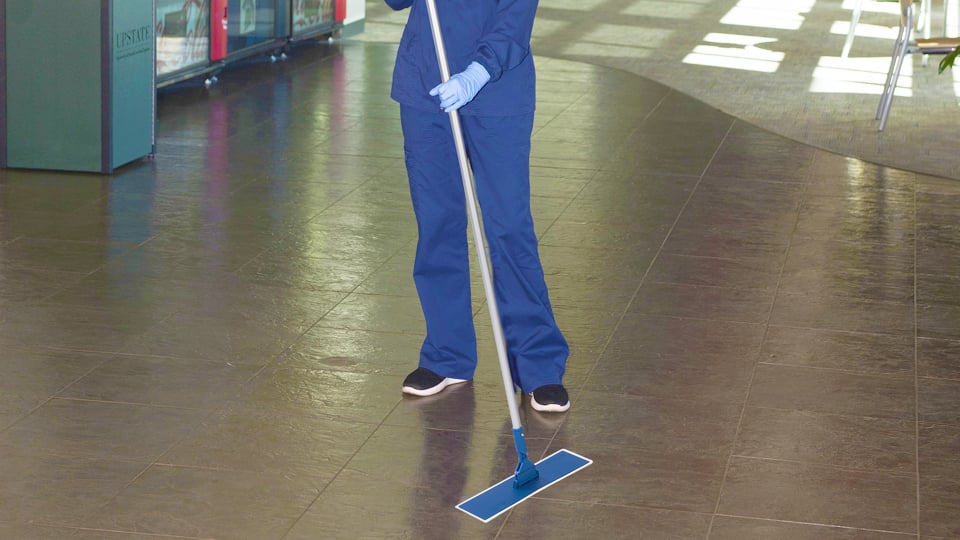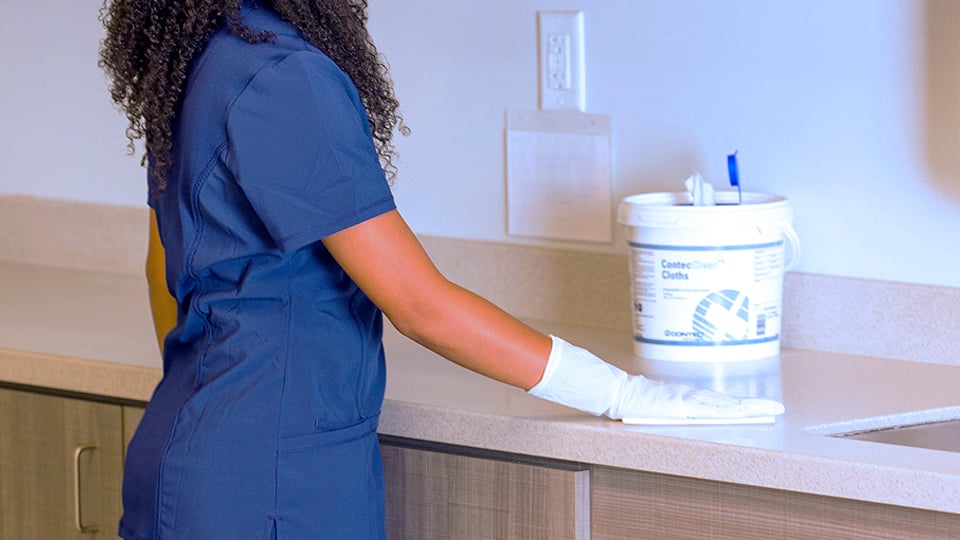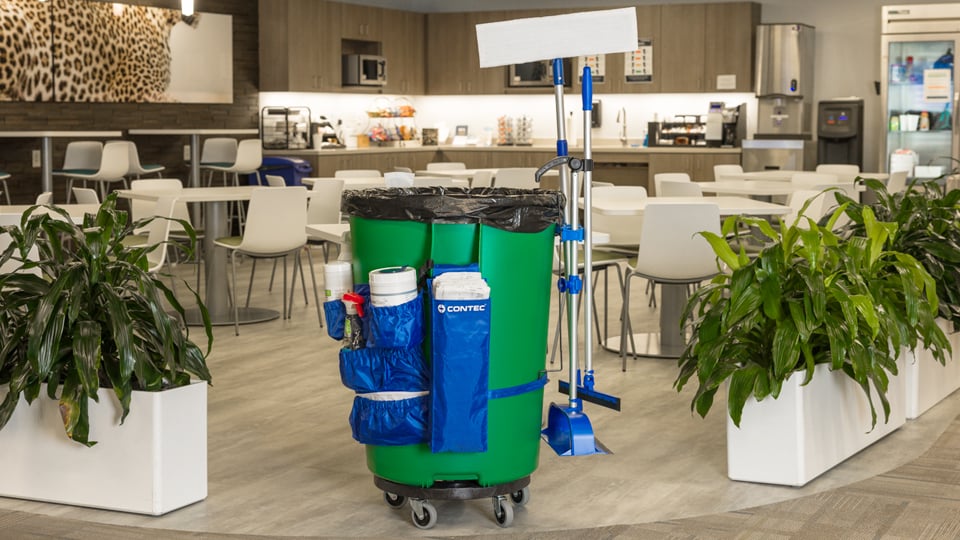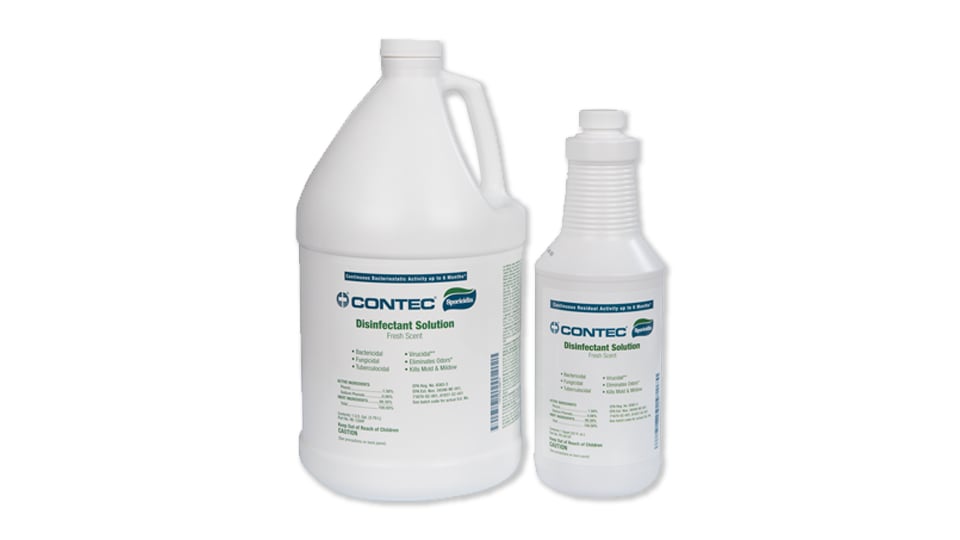Wearing Medical Masks in Public: Solicitous, Stigmatic, or Superfluous?
Wearing Medical Masks in Public: Solicitous, Stigmatic, or Superfluous?
The recent global outbreak of the coronavirus has made the wearing of medical masks over the lower portion of the face more prominent in both the news and everyday life. However, use of the masks in public settings has sparked debate in many communities in the US, where use of this type of personal protective equipment (PPE) is usually reserved for medical or healthcare environments. Who are the medical masks protecting: the wearers or the people surrounding them? Are the masks helping or hurting efforts to reduce community acquired infections?
Regular citizens wearing surgical masks out and about might seem like a recent phenomenon, but historians indicate that the widespread use of woven facemasks began in Japan during the flu pandemic of 1918. It became a common year-round practice during the 1950’s as post-war Japanese industry took off, bringing with it new levels of air pollution. Use of medical facemasks spread to neighboring countries of China and Korea soon afterwards.
Although mask usage seemed to have started in 20th century Asia as a protective measure, it quickly morphed into another sign of politeness towards others. If a person is sick, they wear a mask to avoid infecting others, while still being productive in society. If a person is healthy, they wear a mask to politely avoid getting sick while not insulting those around them by staying away. Because a person may wear a medical face mask for multiple reasons, there’s no stigma attached to it. Wearing a medical mask became a symbol of respect for the community and the health of its members.
The cultural importance of courtesy in Japan and other east Asian countries is well-known. However, in the US, other values could be said to be more important. Individualism often takes precedence over any group or community, for example. Even though people can travel around the world much more easily now, the societal mores of each country don’t often travel with them. Asian travelers to the US wearing medical face masks might have thought they were bringing their courtesy with them, but the masks might have looked more like red flags to others.
Recent articles in the Seattle Post-Intelligencer and the Washington Post indicate that the message of the medical face mask might be in the eye of the beholder – not necessarily the wearer. Public health officials in King County, Washington, had to issue a statement regarding the stigma against local citizens who chose to wear masks.1 The Washington Post described an incident where an Asian woman wore a mask to the post office and heard a stranger yelling “Hey, corona” at her.2 These examples and many more indicate that wearing a mask in public takes on many meanings, depending on the country or community.
Whether medical masks worn in public are even effective at reducing the spread of infection brings up another topic for debate. The Centers for Disease Control and Prevention provides an infographic on its website to educate healthcare providers on the difference between surgical masks and respirators. Although a mask protects the patient from the wearer’s respiratory emissions when in close contact (i.e., within six feet), the CDC indicates that the mask “Does NOT provide the wearer with a reliable level of protection from inhaling smaller airborne particles and is not considered respiratory protection.” 3 It’s also important to remember that the masks are meant to be disposable and should be thrown away after each use. Many people wearing them outside of the healthcare environment reuse them and thereby reduce any protection they might have gotten from wearing medical masks.
As COVID-19 continues to dominate the news, almost all public health officials and healthcare experts agree that most people can stay healthy by following common hygiene practices. The CDC recommends these basic steps:
- Clean your hands often, preferably with soap and water or at minimum with an alcohol-based hand sanitizer
- Avoid close contact with people who are sick
- Stay home if you’re sick yourself
- Cover your mouth and nose when you cough/sneeze – and wash hands immediately afterwards
- Wear a face mask if you are sick and must be around other people (at the doctor’s office, etc.)
- Clean AND disinfect high touch surfaces daily
Most healthcare providers also encourage people to improve their overall health. Having a strong immune system is one of the best ways to avoid getting sick, and preventing illness is preferred over treating it. By maintaining good health and a clean environment, the practice of wearing face masks in public can remain a symbol of public courtesy without additional negative implications.
![]()
1 https://www.seattlepi.com/local/seattlenews/article/King-County-coronavirus-stigma-15039020.php
3 https://www.cdc.gov/niosh/npptl/pdfs/UnderstandDifferenceInfographic-508.pdf






